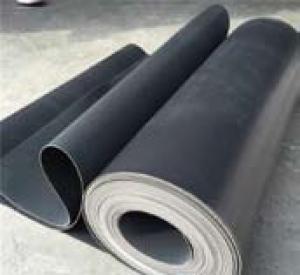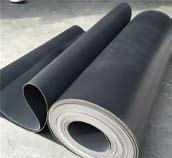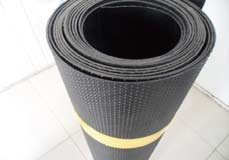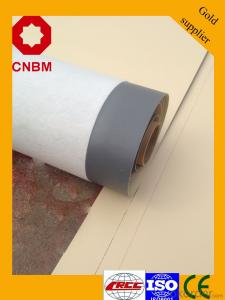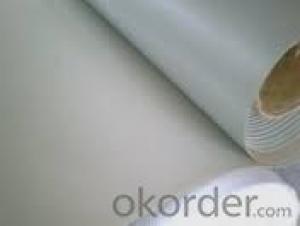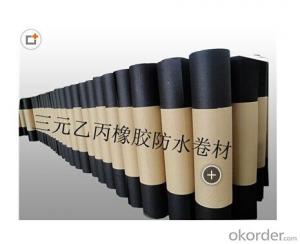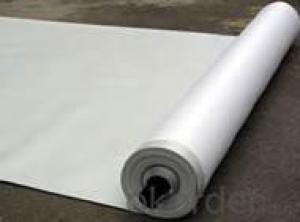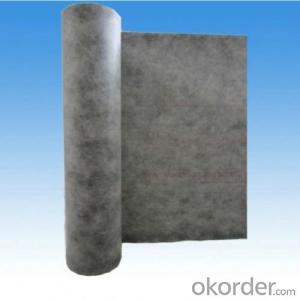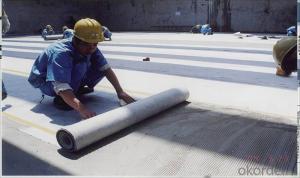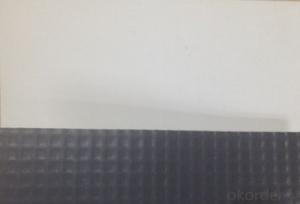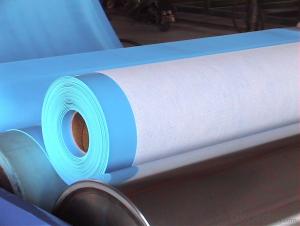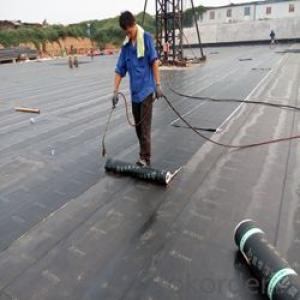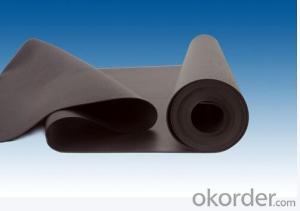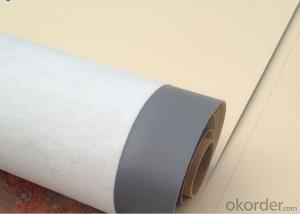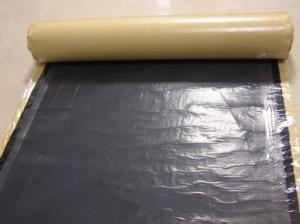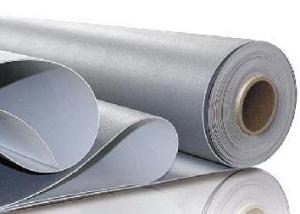TPO/PVC High Polymer Waterproofing Membrane
- Loading Port:
- Shanghai
- Payment Terms:
- TT or LC
- Min Order Qty:
- 1000 m²
- Supply Capability:
- 10000000 m²/month
OKorder Service Pledge
Quality Product, Order Online Tracking, Timely Delivery
OKorder Financial Service
Credit Rating, Credit Services, Credit Purchasing
You Might Also Like
Thermoplastic Polyolefin (TPO) Waterproof Membrane
Product Introduction
The product is made of thermoplastic polyolefin synthetic resin (TPO) as the base material and adopts advanced processing technology to make flake polymer waterproof material. TPO membrane is made of EPDM rubber for weathering and aging resistance and polypropylene for weld ability. In addition, it has the advantages of chemical corrosion resistance, high and low temperature resistance, and good dimensional stability.
Product Classification
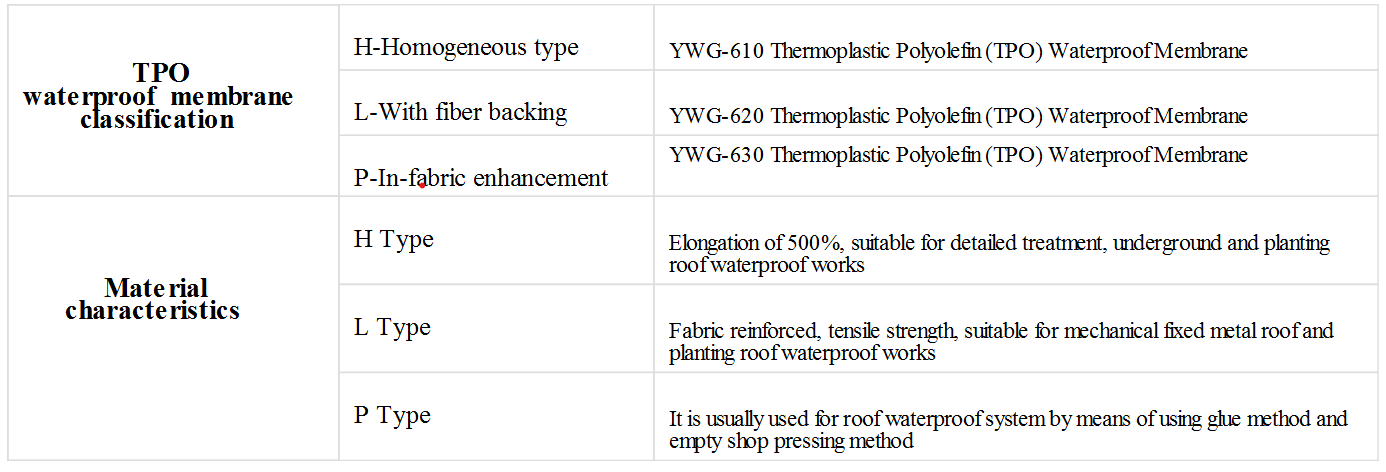
Construction Method
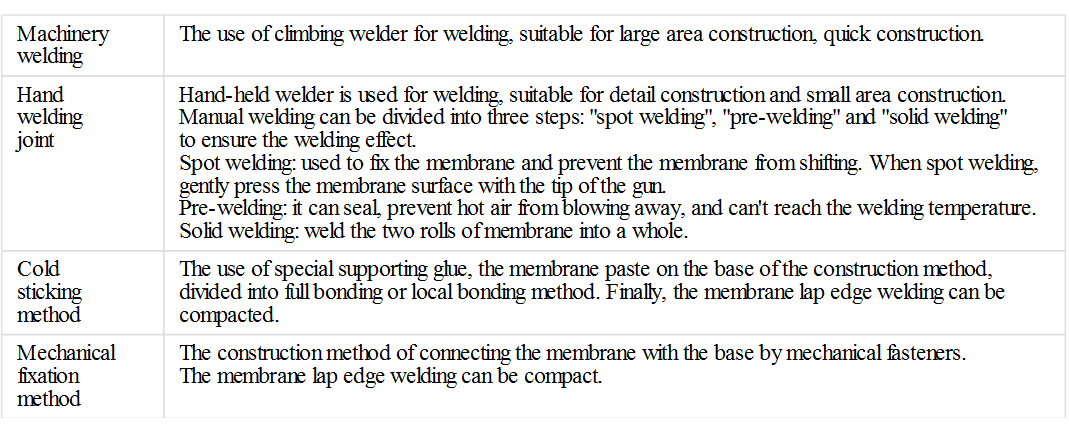
- Q: Can waterproofing membranes be applied over existing surfaces?
- Applying waterproofing membranes over existing surfaces is indeed a common practice in construction and renovation projects. These membranes serve as a protective barrier against water infiltration and can be used on various surfaces like concrete, wood, metal, or even other waterproofing systems. By applying a waterproofing membrane over an existing surface, it effectively prevents water damage such as leaks, mold growth, and structural deterioration. However, it is crucial to properly prepare and clean the existing surface before applying the membrane to ensure optimal adhesion and performance. It is also advisable to seek guidance from a professional waterproofing contractor to determine the most suitable membrane type and installation method for your specific project requirements.
- Q: Are waterproofing membranes resistant to mineral oils?
- Yes, waterproofing membranes are generally resistant to mineral oils.
- Q: Can a waterproofing membrane be used in high-traffic areas?
- Yes, a waterproofing membrane can be used in high-traffic areas. Waterproofing membranes are designed to provide a protective barrier against moisture and water infiltration, making them suitable for use in areas that experience heavy foot traffic. These membranes are typically durable and resistant to wear and tear, ensuring their effectiveness and longevity even in high-traffic environments. Additionally, some waterproofing membranes are specifically designed for high-traffic areas and have additional features such as anti-slip properties to enhance safety. However, it is important to choose the right type of waterproofing membrane that is specifically designed for high-traffic areas to ensure maximum performance and durability. Consulting with a professional or a waterproofing expert can help determine the most suitable membrane for a specific high-traffic application.
- Q: Does a waterproofing membrane provide any insulation against heat or cold?
- A waterproofing membrane, in itself, does not offer any insulation against heat or cold. Its primary purpose is to stop water infiltration into the building, but it lacks the ability to regulate temperature. Temperature control is usually accomplished by incorporating separate materials like foam boards, fiberglass, or other thermal barriers alongside the waterproofing membrane. These additional elements provide thermal resistance and regulate temperature.
- Q: Can a waterproofing membrane be used for podium decks and plaza areas?
- Podium decks and plaza areas can benefit from the use of waterproofing membranes. These membranes are specifically designed to safeguard against water and moisture, and are widely utilized in different settings like roofs, basements, and decks. Considering that podium decks and plaza areas are also exposed to water and weather elements, they are ideal locations for installing waterproofing membranes. By acting as a waterproof layer, the membrane prevents water from infiltrating the underlying structure and causing any harm. It also plays a crucial role in preserving the durability and lifespan of the deck or plaza by shielding it from moisture-related problems such as leaks, mold, and deterioration. Moreover, there is a range of waterproofing membranes available in different types and materials, allowing for flexibility in selecting the most suitable option based on specific project requirements.
- Q: Does a waterproofing membrane require a protective layer?
- Yes, a waterproofing membrane typically requires a protective layer. The protective layer serves multiple purposes. Firstly, it helps to prevent damage to the waterproofing membrane during and after installation. It acts as a barrier against sharp objects, construction debris, and potential punctures. Additionally, the protective layer helps to distribute loads evenly and provide stability to the membrane, reducing the risk of damage caused by foot traffic or heavy equipment. Furthermore, the protective layer serves as a UV barrier, shielding the waterproofing membrane from the harmful effects of sunlight exposure. UV rays can degrade the membrane over time, leading to reduced effectiveness and potential leaks. The protective layer also helps to regulate temperature fluctuations, which can expand and contract the membrane, causing stress and compromising its waterproofing capabilities. In summary, a protective layer is essential for the longevity and performance of a waterproofing membrane. It safeguards against physical damage, UV radiation, and temperature fluctuations, ensuring the membrane's effectiveness in keeping water out and preserving the integrity of the structure it protects.
- Q: Can a waterproofing membrane be used for an industrial facility floor?
- Indeed, the utilization of a waterproofing membrane on an industrial facility floor is feasible. In the realm of industrial environments, waterproofing membranes are frequently employed as a means of safeguarding floors against water-related harm and the infiltration of moisture into the concrete or substrate. These membranes are meticulously engineered to establish a seamless and impenetrable barrier capable of withstanding the rigors of heavy foot traffic, industrial machinery, and chemical spills. Furthermore, they offer supplementary advantages such as resistance to the growth of mold and mildew, heightened durability, and simplified maintenance. Nevertheless, it is imperative to select a waterproofing membrane specifically tailored for industrial applications and diligently adhere to the manufacturer's guidelines regarding proper installation and maintenance.
- Q: Can a waterproofing membrane be used on precast stone block surfaces?
- Yes, a waterproofing membrane can be used on precast stone block surfaces. A waterproofing membrane is designed to provide a protective barrier against water infiltration, and it can be applied to various surfaces, including precast stone blocks, to prevent water damage and ensure the longevity of the structure.
- Q: How to choose waterproof membrane
- Second, from the fetal base to identify the quality of the coil Generally from the product on the cross-section of visual inspection, the specific method can be purchased products by hand to tear it, observe the cross-section exposed fetal fiber, composite tires tear after the section of the grid cloth ribs exposed, this time It can be concluded that the product must be a composite tire coil, what kind of composite tire membrane with physical properties test - soluble content test to observe the exposed fetal base. And simple polyester tires, glass fiber tires after tearing the section only polyester or fiberglass fiber exposed.
- Q: Can a waterproofing membrane be used in conjunction with flooring materials?
- Indeed, flooring materials can be used in conjunction with a waterproofing membrane. It is actually quite common to advise the application of a waterproofing membrane while installing specific types of flooring, particularly in wet spaces such as bathrooms, kitchens, or basements. The waterproofing membrane functions as a shield against moisture, effectively thwarting water penetration that could potentially harm the flooring material or the subfloor. It provides safeguard against leaks, spills, and even excessive moisture in the atmosphere. Through the utilization of a waterproofing membrane, you can guarantee the longevity and sturdiness of your flooring, simultaneously upholding a waterproof and moisture-resistant environment.
Send your message to us
TPO/PVC High Polymer Waterproofing Membrane
- Loading Port:
- Shanghai
- Payment Terms:
- TT or LC
- Min Order Qty:
- 1000 m²
- Supply Capability:
- 10000000 m²/month
OKorder Service Pledge
Quality Product, Order Online Tracking, Timely Delivery
OKorder Financial Service
Credit Rating, Credit Services, Credit Purchasing
Similar products
Hot products
Hot Searches
Related keywords
